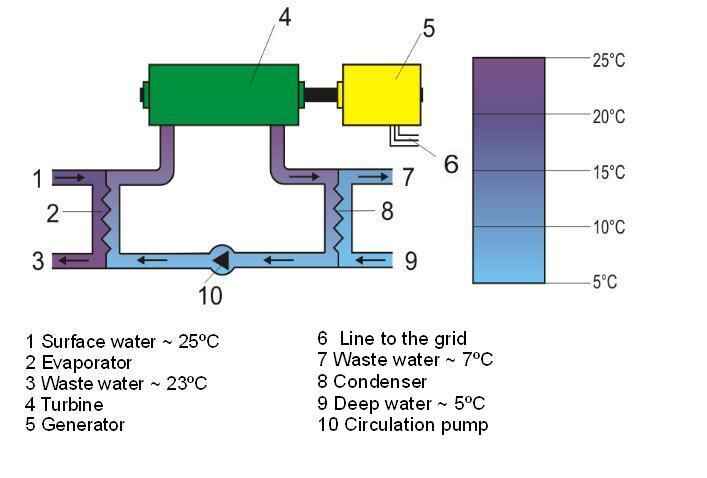Neural Network Definition, Components, Types, Applications
Neural network is an AI technological feature comprising of nodes that signify the interconnectivity of multiple, analyzed data layers. This article discusses neural network definition, principle, components, types and applications, as outlined below;
-Neural Network Definition: 3 Ways to Define Neural Networks
-Components of a Neural Network
-Applications of Neural Networks
Neural Network Definition: 3 Ways to Define Neural Networks
Neural network (or artificial neural network; ANN), is an algorithmic technology that is made up of interlinked classifying functions called 'nodes' that identify recurring patterns across multiple data layers, thereby establishing machine learning processes [1].
The above definition highlights the basic concept of neural networks, as well as their relationship with machine learning, both as a concept and practice.
To get a more holistic perspective, ANNs can be assessed within the broad context of artificial intelligence, as shown in the alternative neural network definition below;
Neural network in artificial intelligence refers to a distinctive feature and functionality that simulates human cognitive processes in digital systems, by mimicking the interconnected data-handling capability of biological neurons when managing datasets [2].

Lastly, the alternative neural network definition below mentions some types of neural networks;
Neural network is an adaptive model of data management that is designed to operate like biological brain neurons, and may be any of various types such as recurrent, regulatory feedback, feed forward, and radial basis function, dynamic, modular, memory, and hybrid networks.
How a Neural Network Works
A neural network works by a 4 step process that comprises of; data input, analysis, weighting and classification, and output implementation.
Data input is the stage in which the neural network collects data, which could be from its surrounding or from an external system.
The data may occur in any of various forms, including audio, visual and text. Types of neural network models to be used in any given scenario must be selected to match the form of data involved.
Analysis has to do with the execution of computational, evaluative and modifying functions on collected datasets. It leads to weighting and classification; by which attributes are assigned to datasets for their categorization, as well as to identify interconnectivity factors between multiple datasets.
The process so far described will result in a modified algorithmic response or operation that is based on data-based 'learning'.
Components of a Neural Network
The three main components of a neural network are;
1). Input layer
2). Output layer
3). Hidden layer
Other components that can be found in neural networks include;
4). Processing/Computational layer
5). Activation function
6). Weights
7). Transfer function
Types of Neural Networks
Types of neural networks are;
1). Recurrent neural network
2). Regulatory feedback network
3). Feed forward neural network
4). Radial basis function
5). Dynamic neural network
6). Modular neural network
7). Memory network
8). Hybrid neural network
Applications of Neural Networks
The three prime applications of neural networks are;
1). Data Classification
2). Data Clustering
3). Predictive Analysis
General applications of neural networks are;
1). Database security
2). Robotics automation
3). Social media-data management
4). Automated medical diagnosis
5). Aerospace research and development
6). Defense technology
Conclusion
A neural network is an artificial intelligence model designed to identify and utilize links between datasets, in order to solve real-world problems.
A neural network works through data input, analysis, weighting and classification, and output implementation.
Components of a neural network are; input layer, output layer, hidden layer, processing layer, weights, and transfer function.
Types of neural networks are; recurrent, regulatory feedback, feed forward, radial basis function, dynamic, modular, memory and hybrid networks.
Neural networks are used for; data classification, clustering, predictive analysis, database security, robotics automation, social media-data management, automated medical diagnosis, defense technology, aerospace research and development.
References
1). Macpherson, T.; Churchland, A. K.; Sejnowski, T.; Kamitani, Y.; DiCarlo, J.; Takahashi, H.; Hikida, T. (2021). "Natural and Artificial Intelligence: A brief introduction to the interplay between AI and neuroscience research." Neural networks: the official journal of the International Neural Network Society 144(5). Available at: https://doi.org/10.1016/j.neunet.2021.09.018. (Accessed 6 January 2023).
2). Montesinos-López, O. A.; Montesinos, A.; Crossa, J. (2022). "Fundamentals of Artificial Neural Networks and Deep Learning." Multivariate Statistical Machine Learning Methods for Genomic Prediction (pp.379-425). Available at: https://doi.org/10.1007/978-3-030-89010-0_10. (Accessed 6 January 2023).
